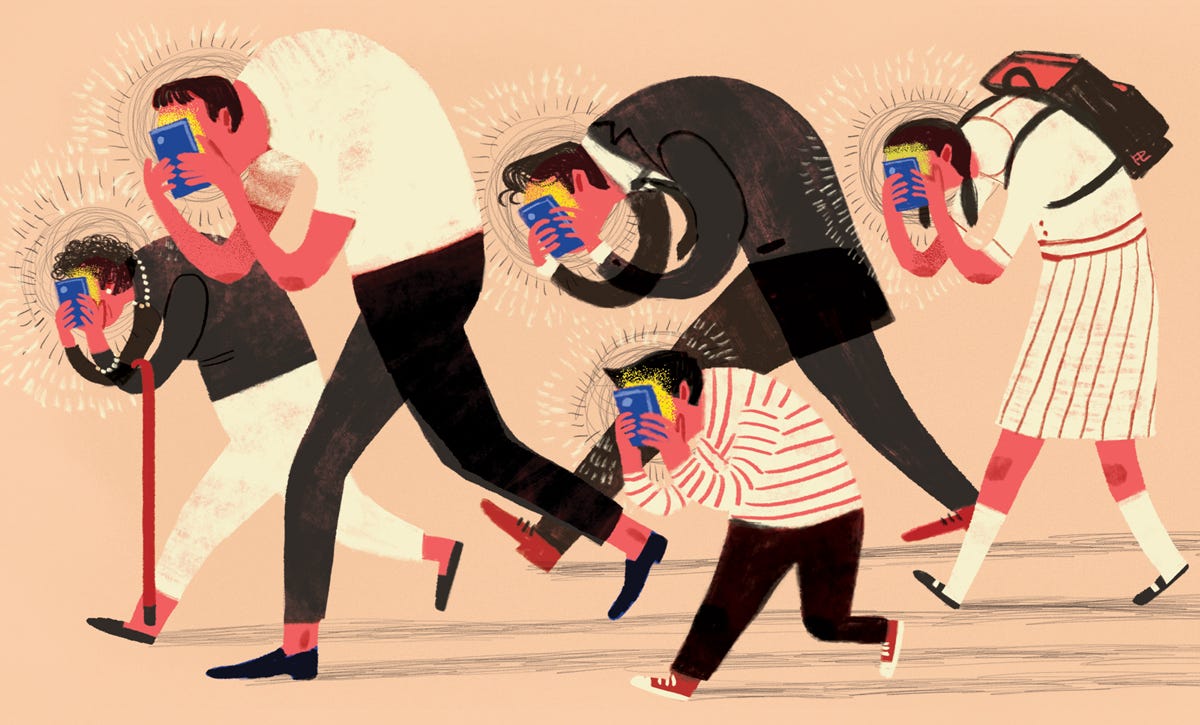
My son’s face lit up. “It’s here!”
He dashed off down the hall to retrieve a small cardboard box sitting by the mailboxes.
“Knox Labs! The VR is here!”

Explaining something like Google Cardboard to a seven-year old is much easier to do when you have one in your hands. So, being more than a little curious about “Virtual Reality” (and not being a New York Times print subscriber), I had ordered a couple of Google Cardboard VR kits from Knox Labs to see what all the fuss was about. Still I was surprised at just how excited my son was to try “the VR” (as he called it), even though the only thing he understood about virtual reality was that you can use it to play games, and you wear it on your face.
Once we got the box home, we opened the package and assembled the kits.
“Your phone goes in there?”
We unfolded and velcro-ed up the viewers, downloaded the Google Cardboard app, and dropped the phone into the headset. Before I’d even had the chance to set it up, the headset was in my son’s hands and he was walking through the tutorial.
“Dad, where’s the button?” was the last question he asked before quickly grasping the basics of the single-button interface, and the “tilt-to-go-home” controls. The virtual reality part — the immersive, 360 degree view, accelerometer-controlled, “move-your-head-and-see-in-any-direction” environment came naturally.
“Dad! I’m in Paris!… Now I’m in The Museum of Natural History!… Whoa — now I’m on Mars!”
The next several minutes were punctuated by “oohs” and “ahhs” and “wows,” while my son wandered around the room exploring the virtual environment and the clever features of the app. My wife, equally curious, got the second kit out and was quickly immersed in the viewer, swiveling her head around in different directions.
Watching my wife and son use this incredibly simple and at the same time strangely alien device immediately brought to mind one very simple yet very important thought — they were having a rich, immersive, novel, intense and enjoyable experience — yet they were having it completely alone.
They were both enthralled by the sensation of peering into a little cardboard box and stepping into a radically separate, private visual bubble, yet the experience they were having was strictly solitary— and in some ways, completely isolating. I couldn’t help but compare the experience to one we’d had only a few days before, when the three of us cuddled together on the sofa to watch a movie on DVD—intimate family time, and a familiar shared experience.
The sense of disconnect I observed was similar to the inter-personal atomization taking place throughout our lives, as a bi-product of device and screen distraction— yet this was an order of magnitude different: device distraction on steroids. By completely occluding their visual field of view, my wife and son were in worlds of their own, having parallel but separate experiences. This sense of separateness was increased even more when they used headphones to enter an enclosed auditory environment, essentially transporting their awareness entirely into an alternate reality. Watching them move around within these private bubbles reminded me of watching people tripping on psychedelic mushrooms—hallucinating, basically.
The potency of the virtual reality experience was undeniable, underscoring yet again how powerfully smartphones and mobile devices are transforming our lives. With a smartphone, a pair of headphones, a cardboard box (and a couple of lenses) we can transport ourselves into a totally digital world — almost like sticking our whole heads inside the phone itself.
However, the fundamental isolation of parallel, individualized experience using VR tech should not go unremarked. Digital isolation is nothing new — we’ve been debating whether technology makes us lonely for a long time. And while social media connects us through common digital interfaces, increasingly our experiences are growing more and more personalized, algorithmically tailored to our habits and interests—parallel, individualized interactivity. Yet the degree of sensory isolation with virtual reality is new. The only true analogs to immersive “virtual” environments of the kind we are beginning to see with virtual reality are the private worlds we inhabit while dreaming, and the blending of consciousness and the unconscious that takes place during psychedelic hallucination. Both of those aspects of the human experience can be very powerful, and they can also be very frightening. When we hand over control of our senses, the trust we place in that experience becomes very important. And when we face it alone, doubly more so.
No doubt, many of the technology companies at work on Virtual Reality, Augmented Reality and Mixed Reality tools are developing solutions to the shared experience gap, and some are already here. More are likely on the way. Indeed, why else would Facebook have bought Oculus Rift for $2 billion if not to create some kind of shared virtual experience?
The alienation that many of us already observe in connection with smartphones and the social fabric is only made more acute by a technological experience that fully absorbs our senses and that significantly reduces our ability to communicate directly with those near to us. Working out the obstacles to a truly shared experience is, in my view, perhaps the most important challenge confronting virtual technologies and their broader cultural acceptance. More than looking goofy while wearing a VR headset, being cut off from the people around you is far and away the biggest challenge that VR will face.